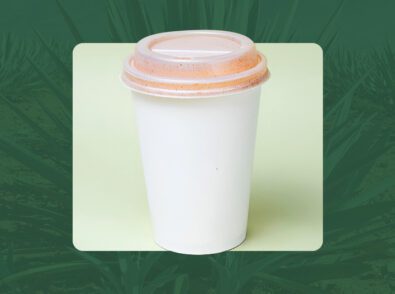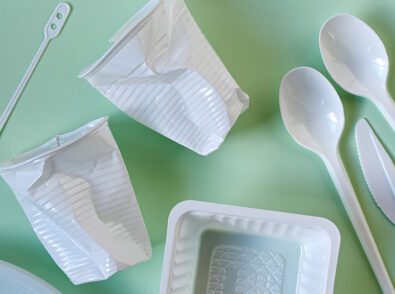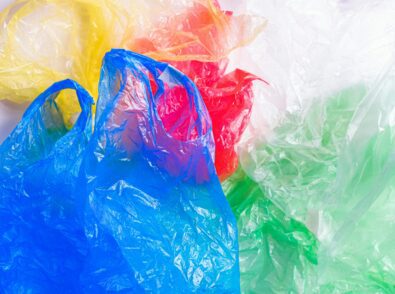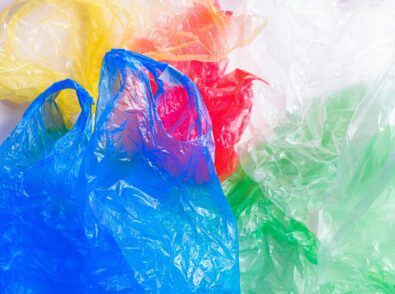Plastic Silverware vs. Agave Silverware
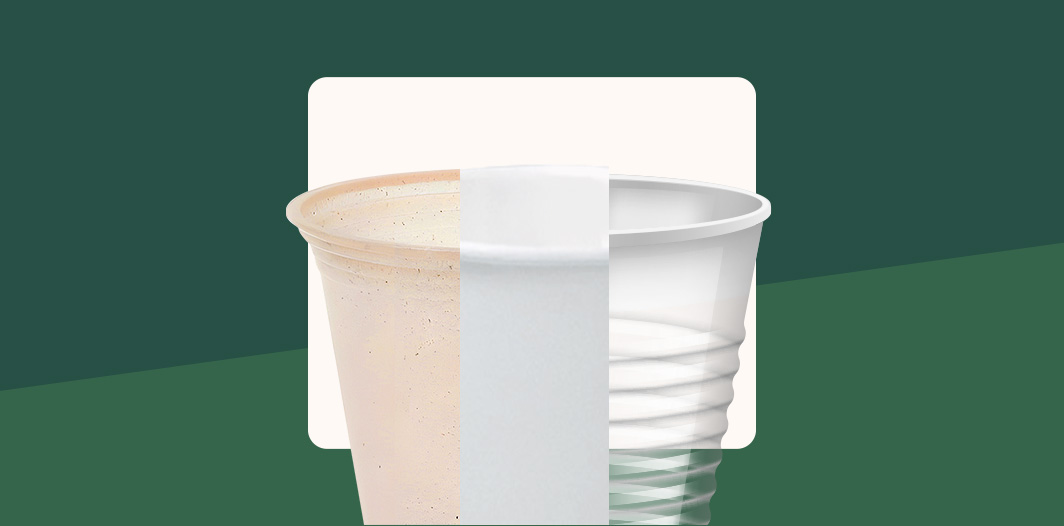
Disposable silverware has a variety of uses, from takeout meals to family picnics. It is hygienic and convenient, so people reach for it when they need to serve food to many people, eat on the go, or save time by avoiding washing silverware. There are many types of disposable silverware to choose from, and your selection affects how sustainable your choice is.
Single-use forks, spoons, and knives must be properly disposed of so they don’t pollute our earth and oceans. Consider material makeup, price, intended uses, and environmental impacts when comparing options such as plastic vs. agave flatware.
Plastic Silverware
Plastic utensils are affordable and durable but negatively affect the environment. Single-use plastic cutlery is banned in some states, such as Florida and California. When considering buying plastic cutlery, think about:
- Material: Polystyrene (PS) and polypropylene (PP) are heated and cooled in silverware molds, producing BPA-free plastic silverware.
- Price: Generally, large packs of plastic utensils are available at low prices, making it budget-friendly to buy in bulk.
- Intended use: In most cases, you can use plastic silverware for both hot and cold foods, but some plastics may warp or melt and should not be directly heated. Check manufacturer guidelines for temperature limits to avoid consuming chemicals and microplastics.
- Environmental impact: In landfills, plastic can take over 1,000 years to fully break down. Plastic products feature numbers that indicate what kind of plastic it is and whether it can be recycled.
Agave Silverware
Agave cutlery blends the durability of plastic utensils and the eco-consciousness of wooden cutlery. Before you buy, consider these advantages:
- Material: The process of producing agave silverware upcycles agave fibers leftover from other products into silverware, making them free from FPAS and BPA.
- Price: Agave utensils cost slightly more than plastic utensils but less than other alternatives like wooden and bamboo utensils.
- Intended use: Agave is safe for food contact because the plant fibers are nontoxic, and they offer an excellent experience for hot and cold foods.
- Environmental impact: Agave-based products are made from natural plant fibers and are lab-tested to degrade in one to three years in active landfills.
Why Choose Agave Over Plastic Silverware?
When considering plastic vs. agave flatware, agave is ultimately better for people and the planet. It performs like traditional plastic but better supports a sustainable, circular economy.
Environmental effects are crucial when deciding between plastic vs. agave utensils. Unlike plastic derived from fossil fuels, agave fibers are a renewable resource and a by-product of tequila production. Agave-based products are made to break down in landfills efficiently, which helps the planet. Agave is safe for humans thanks to its lack of toxic chemicals.
Greenprint’s Agave-Based Collection
Compare the pros and cons of plastic vs. agave silverware to discover the ideal option for you and the planet. When you purchase disposable products from Greenprint, you help work toward a more eco-friendly future. We specialize in agave-based silverware as a green alternative to regular plastic silverware. Make the switch today.

